Kuya J's Diary Episode 15 - Importance of Basic First Aid (CPR)
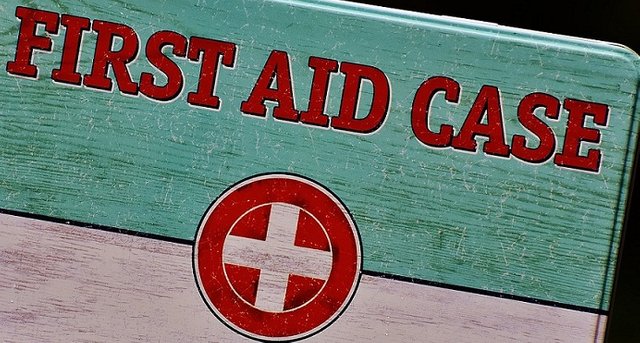
Importance of Basic First Aid (CPR)
Basically, we have the knowledge, or maybe some are out of just the initiative innate to us, on how to respond when it comes to first aiding. First aid as we all know does not imply medical treatment and is by no means a replacement for it. It is an immediate help provided to a sick or injured person until professional medical help arrives or becomes available. Since accidents are inevitable especially in a workplace, unwanted incidents shall be looked into consideration all the time. With this, trained first aiders must be present in each department so that whenever it happens there will always be an available person who can apply first aid aside from the company nurse.
With this heightened precautionary measures, it is highly recommended that the employers shall be conducting First Aid Training to the first aiders of their companies. The training will be of great help not only to the company and their selves but most especially to the community. However, some find this repetitive, others give you sarcastic statements/reasons for them just not to attend, and some are just close-minded individual which prefers not to attend because of the word “first” without comprehending what does that mean. Nonetheless, there were still some participants who will heartedly commit their selves to be honed through that training.
In the Philippines, you can ask for training by the trained and skilled volunteers from the Philippine National Red Cross in your chapter. They will teach you a run-through basic input regarding first aid and discussed the ethical principles.They will also carry out the different bandaging and how to properly do it.
So what I’ll only be discussing are just basic first aid procedures that I have learned from my past training.
What is first aid?
First aid is the immediate help given to a sick or injured person until full medical treatment is available.
The most basic and perhaps the most important skill, first aider should have, is to know how to perform CPR which includes operating an AED.
What is CPR and AED?
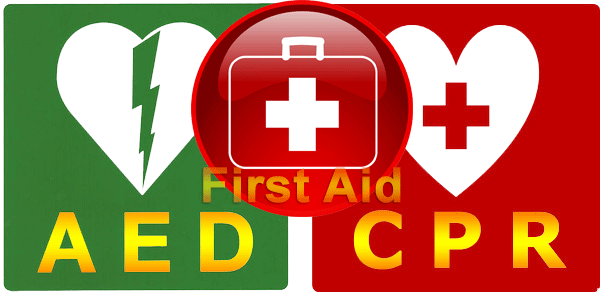
image source
CPR stands for Cardiopulmonary resuscitation and it is a life-saving procedure which is performed on someone having a cardiac arrest, near drowning, or anyone whose heartbeat or breathing has stopped. It is very important to know that if CPR is not performed on a person having cardiac arrest or the heart stopped beating, that person will likely die within minutes.
That’s why it is important to perform CPR to someone in need, regardless if you are untrained. If you ask any doctor or any medical practitioner if you should perform CPR even if you’re untrained, they will likely tell you that you should do it. CPR, if performed incorrectly, cannot kill someone rather it will only help the person having a cardiac arrest.
AED stands for Automated External Defibrillator and it is a portable device that is used in emergency cases of patients having cardiac arrest where the heart suddenly stops beating.
AED sends an electric shock to the patient’s heart to try and restore its beating.
Dr. Vaillancourt, a Canadian doctor, says:
You cannot hurt a cardiac arrest victim any more than they are already hurting.
The American Heart Association also recommends that everyone including untrained person or medical practitioner should perform CPR on those in needs and according to this association:
It's far better to do something than to do nothing at all if you're fearful that your knowledge or abilities aren't 100 percent complete.
When to perform CPR?

If you happened to witness a person having a cardiac arrest, fainted, or lose consciousness, immediately call the local emergency hotline and check the person’s ABC’s (airway, breathing, circulation). Open the mouth to check if the airway is clear and tilt the head backward to open the airway by pulling the tongue forward, check if the person is breathing by using your cheek for the feeling of breath, and check for a pulse for circulation in the person’s hand or neck. Perform CPR if the person’s ABC is not present and always remember to only perform CPR when the person is unconscious, not breathing, or having a cardiac arrest.
Shout for help to get the attention of the people present around you but never leave the victim alone. If there are people present, ask them to call the local emergency hotline or ask them to find if there are AED available in the area. If you are alone, call the local emergency hotline before beginning CPR and use AED if it is accessible in the area.
AED is user-friendly so it’s easy to use and deliver one shock instructed by the device and perform CPR after.
How to perform CPR?
If untrained, only performed hands-only CPR without the need to do rescue breathing, this means that you’ll perform 100 to 120 per minute uninterrupted chest compressions until paramedics or trained rescuers arrive. Let the chest rise completely before pushing down again.
(This is in Philippine Red Cross Standard Procedure.)
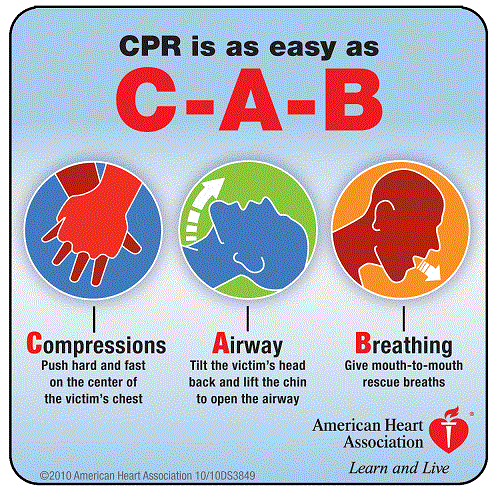
If trained, three letters are needed to help you remember the order in performing CPR and these are C-A-B which stands for Compression, Airway, and Breathing.
First, give 30 chest compressions.
Place the heel of one hand on the center chest and the heel of the other hand on top of the first, lacing your fingers together. Use your upper body weight and not just your arms to push firmly downwards in the middle of the chest and then release. Push hard and push fast at least 2 inches deep and at least 100 compressions per minute. The purpose of this is to keep the blood pumping around the victim’s body and helps keep the vital organs, including the brain, alive, and may dislodge an airway obstruction.
Second, give 2 rescue breaths.
Tilt the head back and lift the chin up (to make the airway open), pinch the nose shut and seal the victim’s mouth using yours and blow in for about 1 second to make the chest clearly rise. Give rescue breaths, one after the other. If the chest does not rise with rescue breaths, repeat the tilting of the head and give another rescue breath.
Lastly
Continue the cycles of CPR to restore circulation. Do not stop until one of these situations occur:
- Sign of life is evident such as breathing.
- An AED is ready to use.
- Paramedics or trained rescuers arrive to take over
- You are too exhausted to continue.
In Conclusion
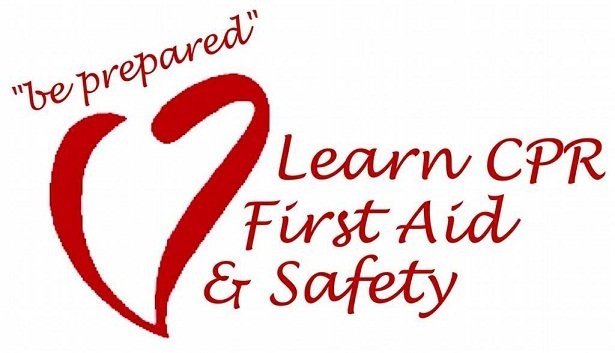
Learning basic first aid skill such as performing CPR is not just a privilege but rather an obligation for every individual in the community. This is mainly because you will never know when an accident may occur or to whom it might happen. It may be your coworkers, family, friends, significant other or even a bystander that you have encountered along the way. How much more if the victim is yourself and the people around you do not know how to perform CPR? There are many ways to acquire such skills by enrolling yourself in an accredited trainer, watch demonstration online, or just by simply reading manual instructions. Always remember, you may be able to save a person’s life and someday someone might be able to save yours.
References
- https://www.slideshare.net/mavee100690/basic-first-aid-philippine-standard
- https://journeytothephilippines.wordpress.com/2016/07/19/basic-first-aid-with-the-philippine-red-cross/
- https://first-aid-product.com/free-first-aid-guide.html
- https://www.mayoclinic.org/first-aid/first-aid-cpr/basics/art-20056600
- https://www.nhlbi.nih.gov/health-topics/automated-external-defibrillator
- https://www.bhf.org.uk/heart-health/how-to-save-a-life/what-is-cpr
- https://www.theglobeandmail.com/life/health-and-fitness/even-untrained-bystanders-should-perform-cpr-in-cardiac-arrest-cases-doctors-say/article557234/
- Kuya J’s Diary Episode 14 –Health: A Matter of Choice
- Kuya J’s Diary Episode 13 –Food Photography (An Afternoon Delight)


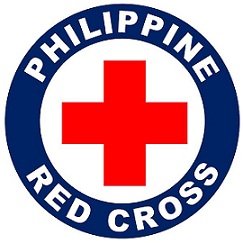
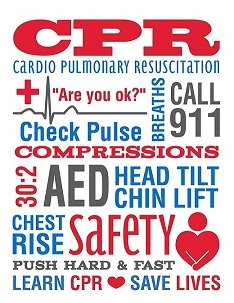
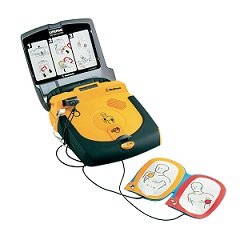
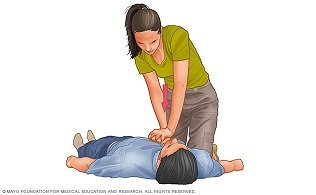
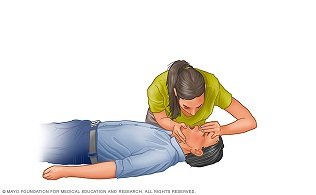
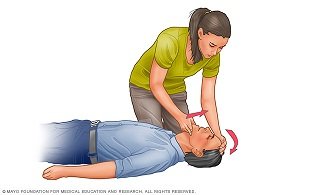
Thank you for the well researched post. Luckily we get CPC class every two years but honestly I don't know if I can do this on a real person.
Speaking from experience, once you get a body in front of your, the training kicks in. It's funny but it's actually easier than you think it'll be. Just becomes automatic!
Great to hear that but still hope I don't have to use it. I will definitely take training more serious this year.
theoretical understanding is very different in actual practice especially if you are not mentally prepared but when times comes i'm sure you'll be able to do it. :)
Thanks. I will try to pay more attention when CPR class comes around again.
great. :)
because you will never know you might be able to save someone someday. :)
Congratulations! This post has been featured in our Daily Featured Posts. Continue putting out high-quality content articles on this platform and you will surely succeed! Steem numbawan!
thank you @steemph.iligan :)
it's my honor to be featured.
#NUMBAWAN
This post has received a 0.05 % upvote from @drotto thanks to: @banjo.
this is actually a super helpful article that everyone should read or have basic knowledge in! I've never had to give CPR before but i did have to do the hemlock maneuver when a guy was choking near me and it was so scary - -i did help but i wish i felt like i was more confident in assisting!
i think that feeling is understandable. not everyone is mentally prepared for accidents and the main reason why most people are hesitant to help in first aid probably because they think they can cause more harm than help that's why i suggested that, as an individual, it is our obligation to know about safety tips for our self and for the people around us. :)
thanks for stopping by @itinerantartist :D
Have a great day ahead!
This post has received gratitude of 1.73% from @appreciator courtesy of @iamkuyaj!